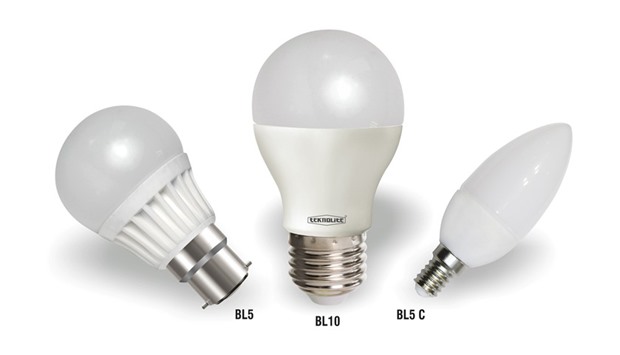The success of a programme in India to outfit more homes with energy-efficient LED lighting has led to criticism that the market for the devices is being disrupted and undermined by the government’s role.
As of February 10, India has distributed 60mn LED bulbs through a $1.2bn initiative called the Domestic Efficient Lighting Programme, the brainchild of Prime Minister Narendra Modi. The result is some 1.8 gigawatts of electricity saved in the past year, according to data tracked by the government in real-time through its website.
In theory, replacing incandescent light bulbs with light- emitting diodes would help reduce greenhouse gas emissions.
India joins other countries such as China and Japan in seeking a rapid shift to LEDs.
Savings aside, India’s programme hasn’t escaped criticism, with some in the industry urging the government to get out of direct distribution. Even small retailers say they’re feeling the pinch, taking direct aim at the way the government’s programme has forced prices lower.
“Who will buy from us if the government sells branded LED bulbs at such low prices?” said Sanjeev Verma, a bulb and lighting equipment retailer in east Delhi. “Our sales increased to 50 LED lamps a week in the middle of last year. Now they’re down to 20 a month.”
At the heart of the criticism is the activist role India’s government has chosen to see that the LED programme’s objectives are met.
Under the programme, the government buys large volumes of LED lamps from private manufacturers through competitive tenders.
Through the tenders, LED prices have fallen to Rs64.41, or 95 cents, a piece from Rs310 last year. The saving is passed to consumers, who pay Rs130 – or lesser than half the market price – to buy from state-owned power distribution companies.
By 2018, the programme aims to save 20 gigawatts – or enough electricity to meet Chile’s power demand – by replacing incandescent bulbs with 770mn LED lamps. According to government estimates, the programme will cut annual electricity bills by as much as Rs400bn ($5.9bn).
Already, the wider adoption of LED lighting has saved India enough electricity in the past year to power the Himalayan state of Himachal Pradesh, according to government statistics. But those in the private sector say there are limits to what the government’s programme can achieve.
“For LED lamp penetration to grow even more rapidly, we will need to involve the broader ecosystem of retailers and distributors in enhancing the reach of the product,” Harsh Chitale, the chief executive officer of Philips Lighting, South Asia, said in an email.
Noida-based Havells India, a manufacturer of electrical products that was expected to be one of the biggest beneficiaries of the government programme, decided not to participate in the tenders because it didn’t consider the returns attractive enough.
“Companies can’t rely on these one-time bulk orders,” said Sunil Sikka, Havells India’s president. “If I have to give all my manufactured product to the government, then how will prices come down in the retail market?” The government sees it differently.
“Single-source procurement has made us one of the cheapest in the world and helps us pass on cost advantages,” Saurabh Kumar, managing director at Energy Efficiency Services Ltd, which is responsible for procuring and distributing the bulbs, said in a December 30 interview.
EESL is a newly formed state-run company. If the industry were to sell LEDs at the same rate in the market as it does to EESL, there’d be no need for the government program in the first place, he said.
“Our objective is that the LED bulb should be available to the retail customer at a price equivalent or lower to the CFL lamp,” Kumar said. “I have never asked the industry to give me a particular price. We opened up competition.” EESL targets doubling LED distribution to 110mn lamps in the next two months.

As of February 10, India has distributed 60mn LED bulbs through a $1.2bn initiative called the Domestic Efficient Lighting Programme, the brainchild of Prime Minister Narendra Modi. The result is some 1.8 gigawatts of electricity saved in the past year, according to data tracked by the government in real-time through its website.
